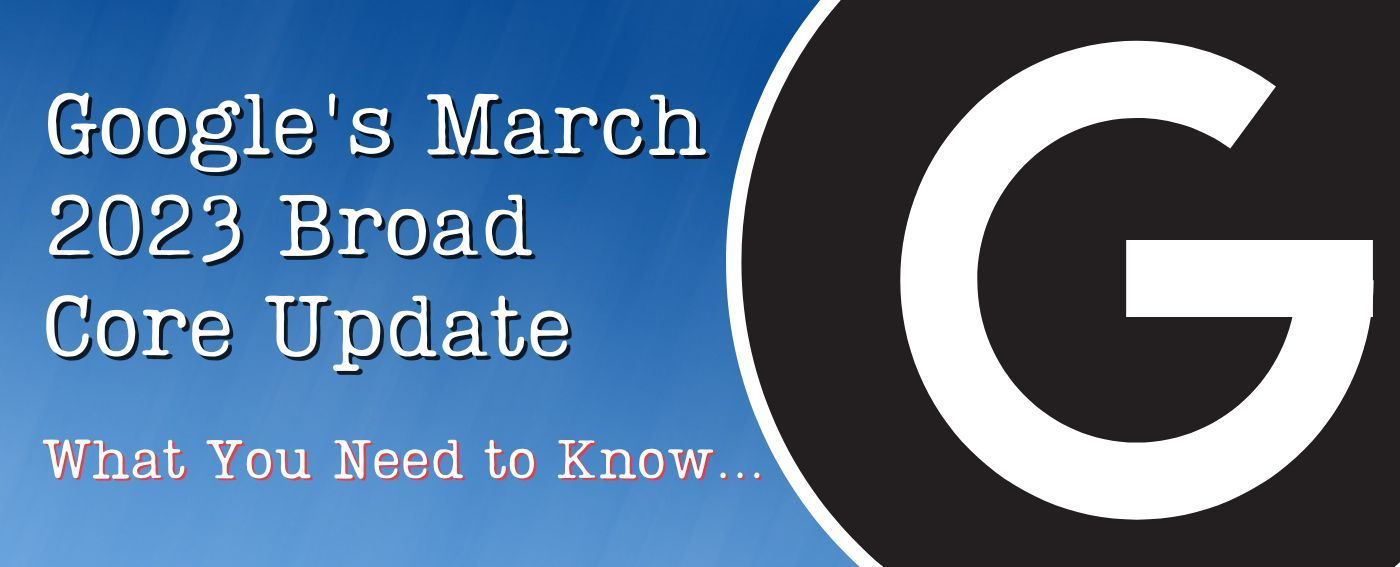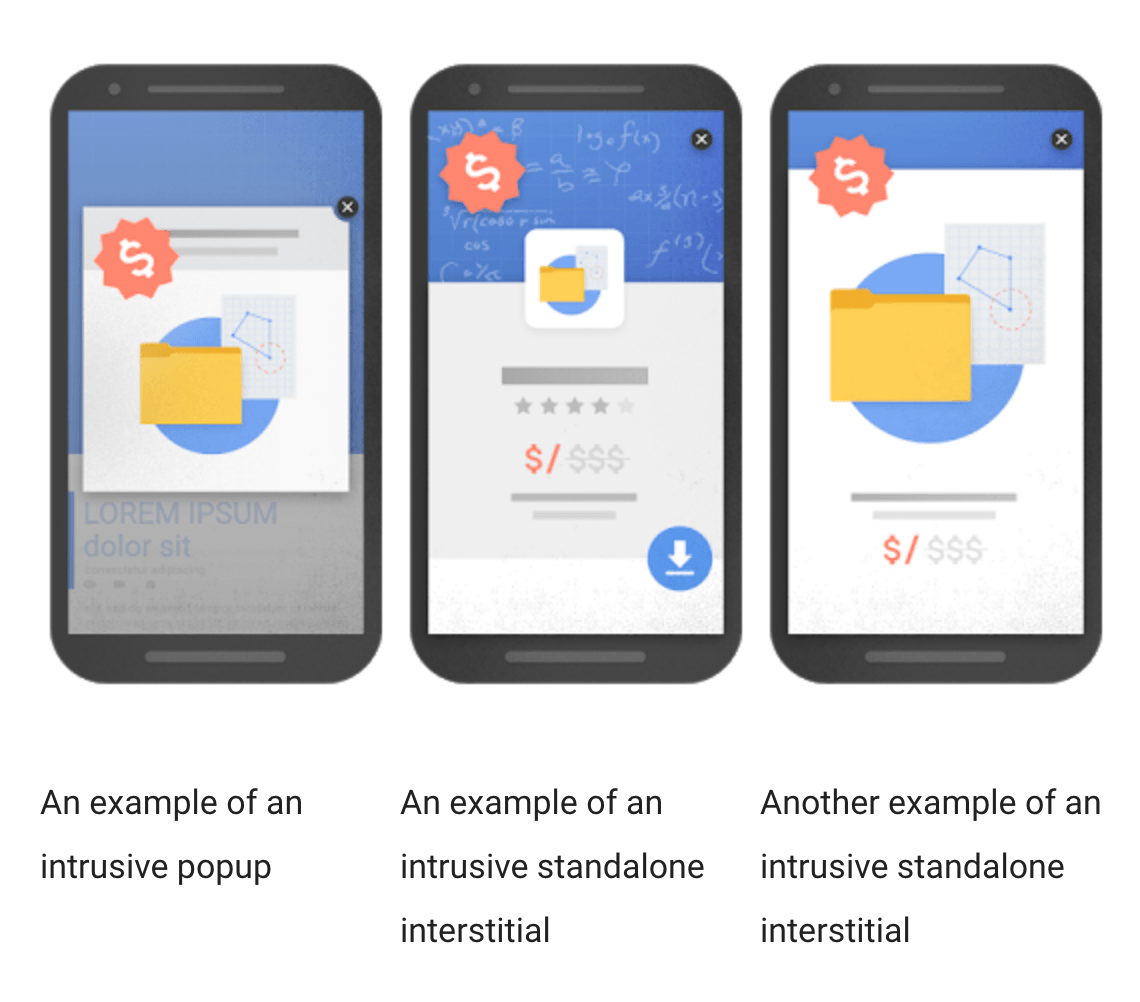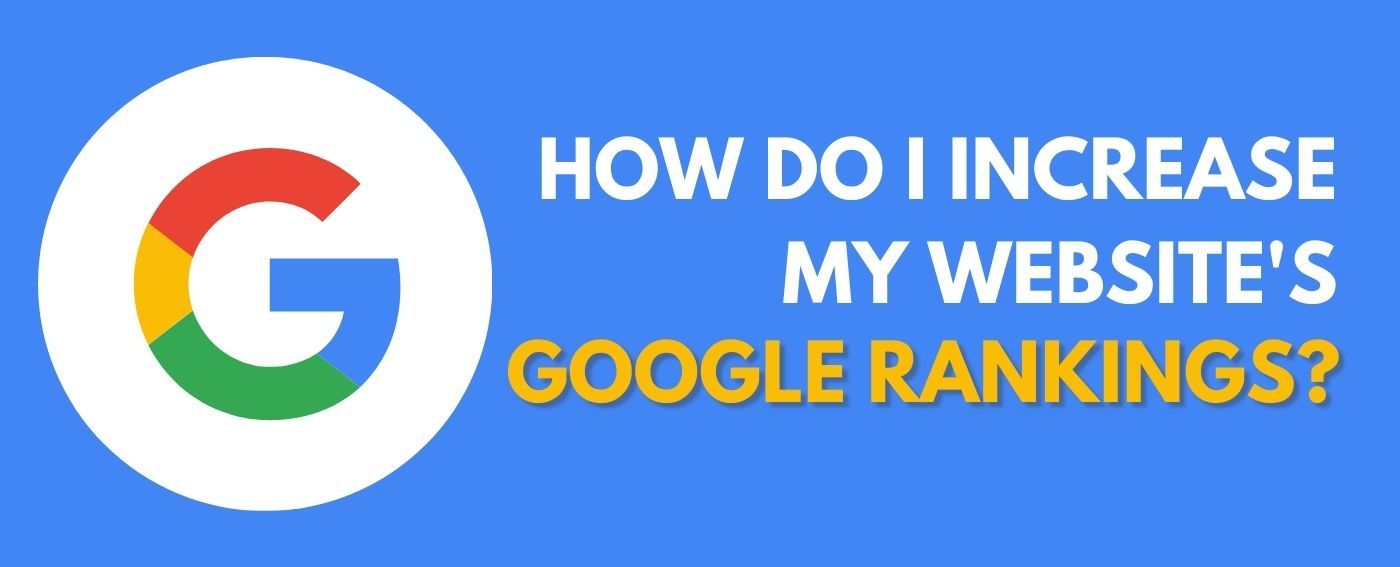Page Experience Will Be A Google Ranking Factor In 2021
Prepare Your Website Now!

Google Page Experience was announced on May 28, 2020, as a ranking factor that will start affecting the search giant’s algorithm sometime in 2021.
Here is how Google defines page experience: “Page experience is a set of signals that measure how users perceive the experience of interacting with a web page beyond its pure information value.”
Essentially, Google is taking existing signals and lumping them under the single label of ‘page experience.’
Google hasn’t announced when this ranking change will officially go live, but does promise to “provide a 6-month notice before implementing these changes.”
Additionally, Google says the update will “incorporate the page experience metrics into our ranking criteria for the Top Stories feature in Search on mobile, and remove the AMP requirement from Top Stories eligibility. Google continues to support AMP, and will continue to link to AMP pages when available.”
This latter change begs the question: Can publishers let go of investing time and money in Accelerated Mobile Pages (AMP)? Can publishers instead focus exclusively on really good content and page experiences that value site speed without investing so much in AMP? Whether it makes sense to continue it has no easy answers yet.
What we do know is what the page experience signals include and how much weight Google is giving them. Here’s what you need to know.
New Google Page Experience signals include:
- Core Web Vitals: Released in May 2020, these metrics measure real-world user experience for speed, responsiveness and visual stability.
- Mobile-friendliness: Many websites are mobile-friendly nowadays, but in case you're curious as to whether your sites are, you can easily get a report by entering a URL into Google’s mobile-friendliness test.
- Safe-browsing: Google looks for malicious or deceptive (e.g. social engineering) content; you can easily get a security Issues report for a URL and identify and fix problems in this area.
- HTTPS: Encryption via SSL is something Google has pushed for a while and is now automatically included by many sites builders for free. In addition to the benefits HTTPS brings to SEO, it also ensures you avoid generating warning messages for end users on browsers like Chrome.
- Intrusive interstitial ad guidelines: Interstitial ads can make websites difficult to engage with for visitors. These guidelines are used to determine whether the content of a site is considered easily accessible. The easier it is for an end user to access and engage content, the better.
A NOTE ON INTRUSIVE INTERSTITIAL ADS & PAGE EXPERIENCE
Most of the components of the new page experience signal are fairly straightforward on their own (i.e. your site is either encrypted with HTTPS or it’s not) or rather easy to address with help from one of Google’s many site testing tools, but intrusive interstitials warrant a little more explanation since this is the only page experience signal that doesn’t have a specific report attached to it.
Google admitted as much in an interview in Search Engine Journal when John Mueller, webmaster trends analyst, said of interstitial ads, “It’s one of those things that we use in the ranking algorithms where we will try to take that into account and essentially rank the website a little bit lower. But it’s not like there’s a flag in Search Console, or you see a warning, or anything like that.”
In the same interview, Mueller also said that intrusive interstitials are a “softer factor” in ranking: “And it’s something that wouldn’t be applied across the whole website. In particular, if people are still looking for your brand name then I wouldn’t expect to see any ranking change for that.”
Google gives three examples of intrusive interstitial ads that are dinged in mobile search results:
- Showing a popup that covers the main content, either immediately after the user navigates to a page from the search results, or while they are looking through the page.
- Displaying a standalone interstitial that the user has to dismiss before accessing the main content.
- Using a layout where the above-the-fold portion of the page appears similar to a standalone interstitial, but the original content is inlined underneath the fold.
Here are some visuals to give you an idea of what these look like:
Google also offers three examples in which content will not suffer a penalty for interstitials:
- Interstitials that appear in response to a legal obligation, such as for cookie usage or for age verification.
- Login popups on sites where content is not publicly indexable (like unindexable content behind a paywall).
- Banners that use a reasonable amount of screen space and are easily dismissible (like the app install banners provided by Safari and Chrome).
Again, here are some visuals to help you understand what will fly and what won't:
Additionally, there are few other things that are not penalized for being interstitials:
- Desktop popups: as Google points out, interstitials is about mobile search results.
- Pages that aren’t accessed through search results. “Google is not looking to penalize all pages with interstitials, only the ones that searchers could land on from search results. It’s still OK to display an interstitial when a user navigates from one of your pages to another,” explains Smash magazine.
WHAT YOU CAN EXPECT FROM GOOGLE’S PAGE EXPERIENCE RANKING SIGNAL
Experts in the field say that Google page experience doesn’t feel like a big change since these factors already are measured and matter in Search rankings. However, this update deserves your attention and Google has lent credence to this by providing developers with the tools to measure these signals, along with tips for fixing issues.
So how much will Google page experience affect rankings? This remains to be seen and there really is no way to tell until the update is fully live. However,Google has indicated that, though content is still king, page experience is growing in importance.
According to the search engine, “By adding page experience to the hundreds of signals that Google considers when ranking search results, we aim to help people more easily access the information and web pages they’re looking for, and support site owners in providing an experience users enjoy.
While all of the components of page experience are important, we will prioritise pages with the best information overall, even if some aspects of page experience are subpar. A good page experience doesn’t override having great, relevant content. However, in cases where there are multiple pages that have similar content, page experience becomes much more important for visibility in Search.”
HOW TO START OPTIMISING WEBSITES FOR PAGE EXPERIENCE
The bottom line is, even though this new algorithm might not completely upend Search results, it’s critical to address Google page experience. Start now. Run the reports on Core Web Vitals and check out Google Search Console to figure out how your site speed looks. Some of the issues with sites will require your developer’s time to fix, and you’ll want to get an early start and spread out the workload. However, if you’ve worked with a dedicated website ours, you’ll likely have a head start as many of these updates will (or at least, should) be handled by your platform.
With Google now laying out so many specific measurements in free reports, now is a great time to light a fire under any naysayers on your team who have been reluctant to address site speed issues, mobile-friendliness, and user experience problems. In fact, the same experts that refer to page experience as more of a rebranding exercise also believe that it serves as great ammo for getting performance issues fixed.
Don’t wait to prepare your sites for Google’s page experience updates. 2021 is just around the corner.


OBLIGATION FREE WEBSITE CONSULTATION
Let's have a chat
Don't get stuck with an ugly website. We'd like to talk with you about how we can make yours unique.






